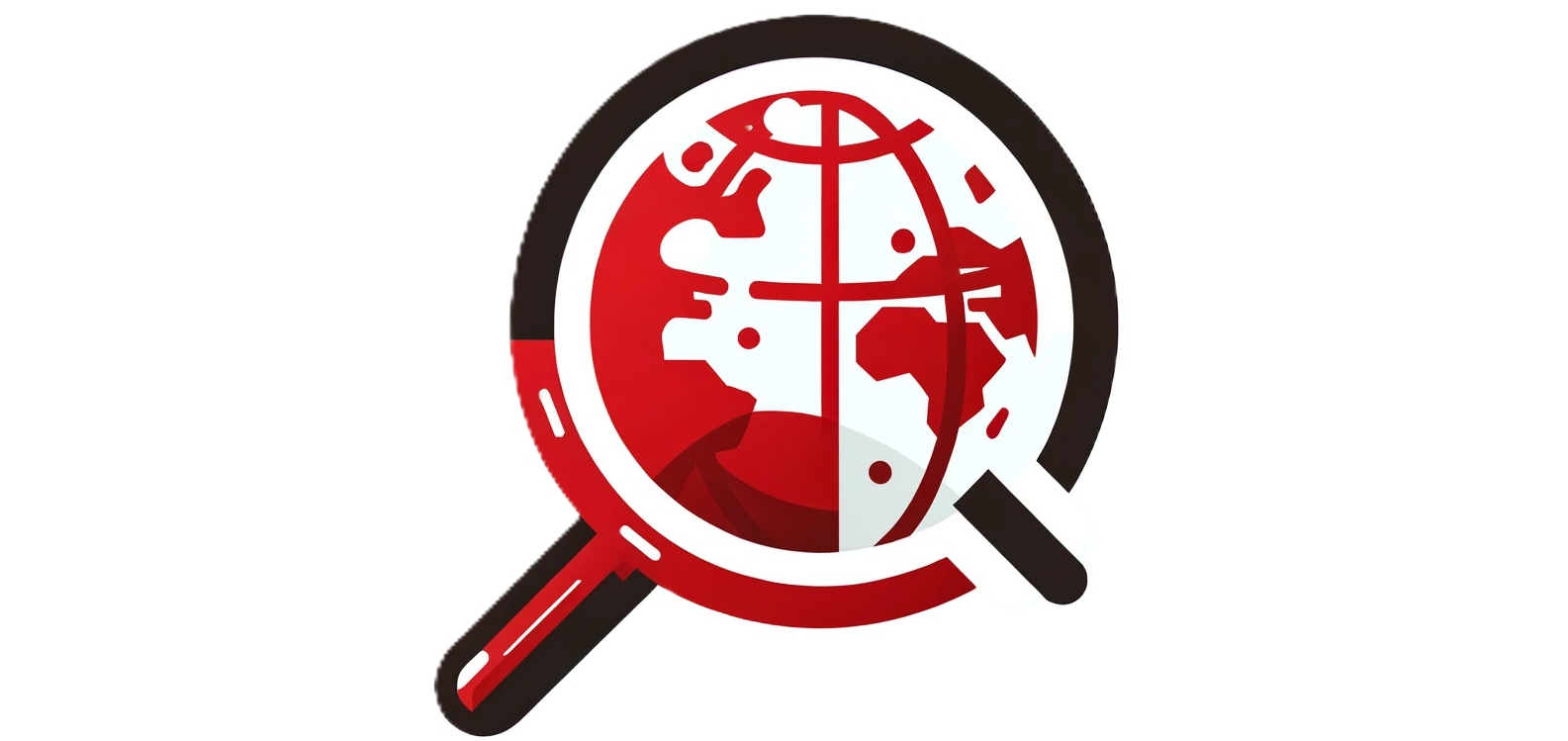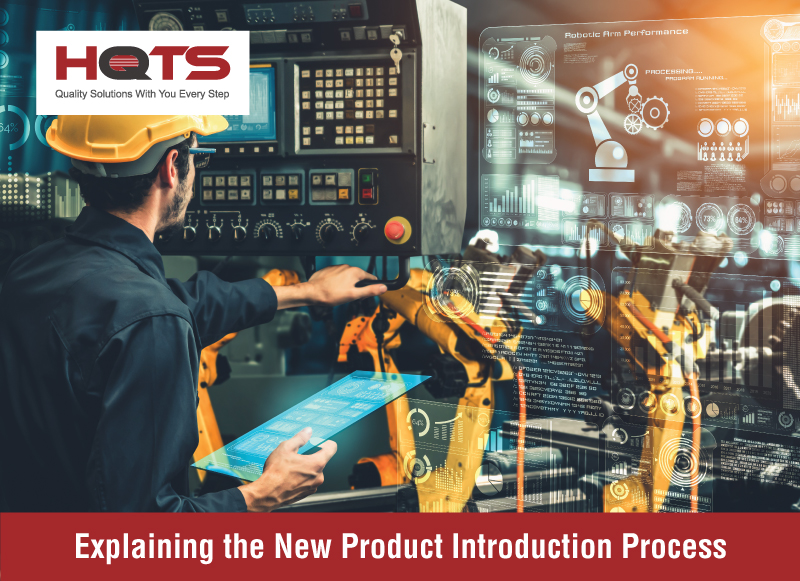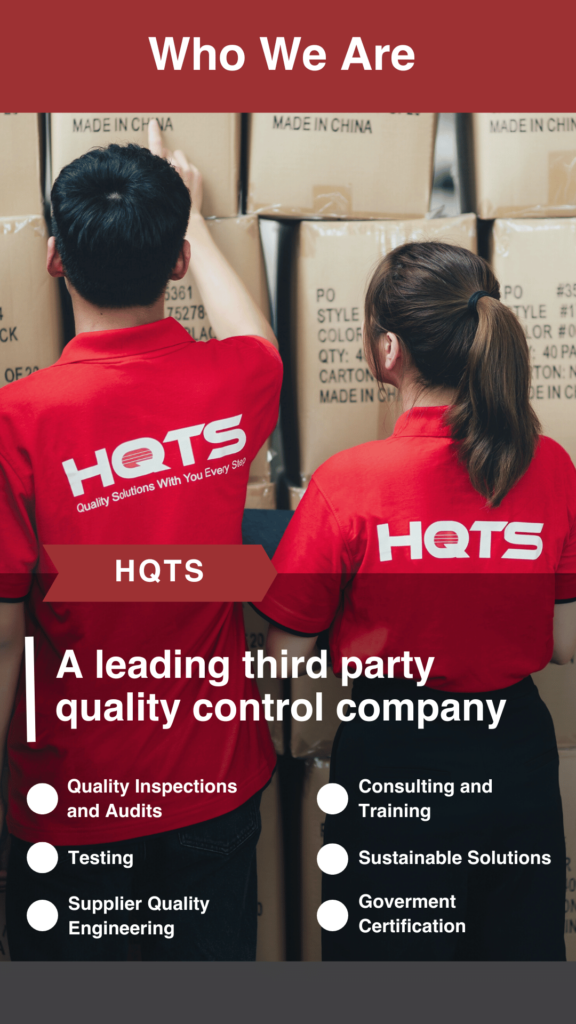Bringing a new product into a market is both time-consuming and a daunting task. Because of this, it’s essential to have strategies and a product development process in place so your product gets to the market as smoothly as possible.
The new product introduction process (NPI) gives your organisation an actionable framework to streamline your product’s time to market.
But understanding the NPI processes and how to execute it can be challenging. In this article, we’ll introduce you to the new product introduction process and its stages – so that you can easily apply it to your organisation.
What Is a New Product Introduction?
A new product introduction (or NPI) is a systematic process of taking a product from an ideated stage through research and development to launching it to the mass market. The NPI consists of several phases, depending on your product’s stage.
The typical NPI framework has 8 stages:
- Stage 1: Product idea and concept
- Stage 2: Market research
- Stage 3: Design and development of product
- Stage 4: Pre-production and prototyping
- Stage 5: Manufacturing
- Stage 6: Product launch
- Stage 7: Mass production
- Stage 8: Innovation and improvement post-launch
You must allocate sufficient resources to each dedicated stage. This will ensure a strong foundation built around the product’s conception using your internal team’s knowledge and skill sets. Failure to do so can lead to a weakened foundation, inadvertently leading to failed market entry.
For an NPI process to succeed, it must have full support from upper management in all divisions and departments. An effective NPI program involves a large amount of cross-functional communication and teamwork.
The 8 Phases of the New Product Introduction Process
The product NPI process consists of eight stages to be followed for a product to be launched smoothly. We’ll go through each of the NPI phases below.
NPI Phase 1: Product Idea and Conception
In the first stage of the NPI process, your team members will work together to brainstorm potential product ideas depending on gaps within your services or the market as a whole.
Within this stage, the team which is spearheading this project will create a presentation that outlines:
- Background Information
- Primary Objectives
- Project Scope
- Key Deliverables and Dates
- Project Budget
- Identify Stakeholders and Sponsor
- Identify Project Manager and Define the Team
A discussion will be made with senior leadership to discuss the project’s feasibility. If approved, it will move onto the following market research stage.

NPI Phase 2: Market Research
Once the product concept has been approved, it is time to begin market research. This involves understanding who would be interested in the product, finding the total addressable market (TAM), and breaking that into segments or ideal client profiles according to targeted demographics based on age, interests, psychographic factors, and more.
The market research phase in NPI projects is critical as it will help define the product’s design.
NPI 3: Design and Product Development
The design and product development phase can begin once sufficient research is completed. This NPI process involves working closely with the design team and engineers to build the product’s features and characteristics. This stage will incur several run-throughs of different designs and versions to allow an understanding of the potential risk of effects, evaluate the method’s robustness, and determine whether the product can meet the customizations of the market research phase.
Examples of required deliverables in the NPI development and design phase include:
- Models of design go through the dimensions and characteristics of the product.
- Technical drawings
- Details of materials needed for the production of goods.
- Safety and regulation reports
Once a final draft has been created and approved by the project lead, the product can move into being physically created.
NPI Phase 4: Pre-production and Prototyping
A Minimum Viable Product (MVP) is created during this NPI phase, which checks if the designs are up to standard when made into a psychical product. This prototype is then tested under the requirements set out via governing bodies and the organization itself. Market tests are also used to give feedback on the usability of the products to allow for sufficient data.
In tandem with prototyping, pre-production is also introduced, in which inspections and tests are implemented. Chemical testing is often required to ensure raw materials are safe and not violating regulations. This can sometimes be conducted on suppliers and manufacturers to confirm they are working safely and correctly.
If inspections are acceptable and data shows that the product is ready for more mainstream manufacturing, it moves into the NPI manufacturing stage.
NPI Phase 5: Manufacturing
When the product is ready for market, it’s time to begin manufacturing your product. During this stage, factories start making the product to the specifications in the design phase. It’s vital that regular monitoring and audits are conducted so continued best practices may be used, and there are no manufacturing faults within the production line.
It is essential to understand what regulations are in place for the product to ensure it becomes a north star of the production and is upheld.
NPI Phase 6: Product Launch
To ensure scalability and smooth operation, it is critical to continue to conduct due diligence across the supply chain for your product so that all of the components and parts required for the production of your product do not encounter delays.
For example, if you’re using chips in your product, the lead times can get up to 32 weeks due to shortages. With this in mind, accurate forecasting is essential to meet demand.
An iterative testing cycle can also help anticipate potential complications when launching your product. Setting aside enough time to market and then tweak your design is crucial during the initial phase of production introduction before reaching the mass production phase. Quality assurance is essential at prototyping and throughout the product launch.
Manufacturing a limited number of pre-production samples does not surface all the issues you may encounter once mass production is launched.
One of the Production Part Approval Processes (prevalent in the auto industry) is forcing the manufacturing line to ““run at the rate”” for a specified time. It is one of the only ways to uncover mass production issues and resolve them without causing delays to your shipments in the Mass Production phase.
NPI Phase 7: Mass Production
As soon as you start fully producing in mass, some elements can help improve production speed and quality, including the line arrangement and specific employee training.
You may want to plan to provide factory workers with sufficient training if the product is different from what the factory usually produces. Not doing so may cause defects to arise.
Line arrangement is the review of the production lines in the factory – and an evaluation of how these are set up for optimal production. If elements of your product differ from the usual products manufactured in the factory, then objectively looking at the existing processes can yield additional optimizations to increase production speed, safety, and quality.
Considering these considerations, a robust production monitoring process is vital for success in this critical phase of NPI. The most significant delays can be introduced to production schedules if not monitored and resolved immediately.
What Are the Common Issues in the Mass Production Phase?
One of the common issues is when the buyer lacks quality control over the supplier’s production process. Problems that are found in final inspections are usually complex and costly to fix and control. This can also be the case where you don’t have insight into the workforce working on the lines, which can contribute to delays, especially in peak seasons, including, but not limited to, quality assurance staff and product supervision.
Many organisations outsource the inspection to a neutral third-party organisation to inspect the manufacturing process to ensure efficiency, quality, and adherence to agreed timescales and run rates.
For example, at AQM BD, our in-house technical experts can predict the possible design and process risks – before the problems occur and impact your delivery schedules. In that way, our clients can take measures to effectively solve design, production, and manufacturing issues before these problems occur. Ultimately avoiding costly large-scale reworking of operations and shipping delays.
NPI Phase 8: Innovation and Improvement Post-launch
At this stage, the product has already been launched. However, this is not the end. Organisations must continually monitor the feedback given on the product to allow for innovation and continued optimization. Efficiencies uncovered through the continuous monitoring of the end-to-end process can be iteratively implemented to enhance outcomes further.
Product feedback will inevitably require improvements. Monitoring across the process will help decide what stages of the manufacturing processes can be adjusted to implement these with minimal impact and optimal outcomes.
The data gathered across each part of the process begins to pay dividends post-launch. It allows forecasting, modeling, and data-led adjustments to manufacturing and cost savings, and supply chain management.
What Are the Benefits of the NPI Process?
The NPI process has multiple benefits when launching and introducing your product into the market. Without a streamlined and robust process throughout the entire NPI supply chain process, products may miss the mark within the market, causing a loss in both organizational reputation and resources.
Here are some of the key benefits of using the NPI framework:
- Lower development costs for product introduction.
- Better durability and product quality.
- Products are designed with the market and target audience in mind.
- Risk management plan and procedures.
- Quicker market entry and easier to scale.
Conclusion: The New Product Introduction (NPI), And Why It’sIt’s Essential For Your Organisation
The New Product Introduction (NPI) process is a framework that helps businesses take a product from an idea stage, to a prototype and into a final product delivered to the mass market in a systematic and structured manner. The NPI framework allows your business to have a repeatable ecosystem to create, test, and optimize new products effectively—allowing for the continued scalability of your business into the future.
Even though the framework is relatively easy to understand, successfully implementing it can be challenging. At AQM BD, our Supplier Quality Engineers can help your organisation take your product idea into production. Our technicians have years of experience in quality assurance and know-how, from managing processes and evaluating product lines to eliminating defects. Learn more about our SQE services here!





